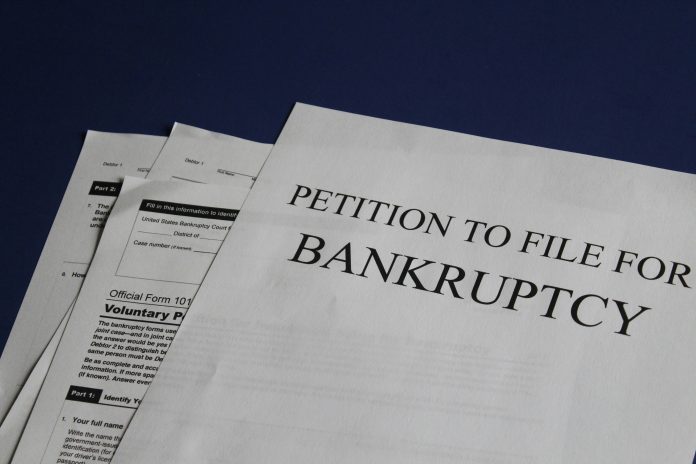Once a company falls into financial difficulty, you as director might worry about it becoming insolvent. Fortunately, insolvency doesn’t automatically mean the company has to close. Acting as soon as you become aware that the company is in financial difficulty can mean you have more options to alleviate the problem before it threatens the company’s existence.
So, what can directors do to ensure their company has the best chance of surviving insolvency or otherwise achieves the best option?
Is the company insolvent?
There are warning signs that can indicate a company is insolvent. While these signs could just indicate a tougher economy or other trivialities, they shouldn’t be ignored.
These warning signs could include:
- An imbalanced balance sheet, where the company’s outgoings outweigh its income.
- Cash flow issues, where the company can’t repay its liabilities as they fall due.
- Legal action. If the company has legal action, such as County Court Judgements (CCJs) or Statutory Demands filed against it, it’s a likely indication that it can’t afford to repay its creditors.
If you spot any of these signs in your company, you should take decisive action. Contact a licensed and regulated insolvency practitioner, who will assess your situation and decide the best way forward based on the company’s circumstances. The sooner you act, the better your chances of achieving your preferred outcome and saving the company.
Options for recovering the company.
If you act quickly enough, the company will have more options to facilitate a possible recovery.
- Repaying an affordable amount through a Company Voluntary Arrangement (CVA)
If the company has a viable business model and has the potential to be profitable, if not for its burdensome debts, it may be possible to repay what it can afford while continuing to trade. It can do this by entering a Company Voluntary Arrangement (CVA). This is a formal, monthly repayment arrangement wherein the company repays a portion of its debts tailored to what it can afford. During this time, the company continues trading while protected from creditor pressure. The arrangement usually lasts five years, and once it concludes, any remaining unsecured debts are written off. Entering a CVA can demonstrate the directors are willing to attempt to repay what the company can afford and can result in creditors receiving a higher return than through liquidation. - Restructuring through administration
If repaying isn’t feasible, it could indicate that more substantial action is required. This could be achieved through administration, wherein the company is restructured whilst protected from creditor action. This breathing space gives the insolvency practitioner time to formulate a plan, review the situation, and take necessary action to tackle the debts, which could involve closing or selling off unprofitable parts of the business.
Administration will only be suggested if the insolvency practitioner believes that the company has a chance of being rescued as a going concern, that the creditors would get better results than if it was liquidated without going through administration, or that property and assets could be realised to make a distribution to secured or preferential creditors.
Closing the insolvent company.
If recovery isn’t feasible and the company is struggling under immense creditor pressure, then closing the company may be the best option. While it could feel like defeat if you wanted to keep the company trading, it might be the best course of action in the long run. If closure is the best option, you should act quickly and voluntarily, otherwise the company’s creditors may force a liquidation upon the company.
- Closing via a Creditors Voluntary Liquidation (CVL)
Directors can put the company into a Creditors Voluntary Liquidation (CVL) by contacting a licensed insolvency practitioner who will act as a liquidator. Doing so allows the company to close in an orderly manner. All creditor pressure and legal action against the company ceases during the process, and once it concludes, the company closes. All remaining unsecured debt is written off and the directors are free to walk away. - Closing through compulsory liquidation
If directors don’t voluntarily close their insolvent company and there’s no feasible way of keeping it open, creditors can force the company into compulsory liquidation. If the company owes a creditor more than £750, they can apply for a winding-up petition. The court can issue a winding-up order if they find the company insolvent. The company bank accounts freeze, and the company is forced into compulsory liquidation, which, once concluded, ends its legal existence.
To conclude
If your company finds itself in financial difficulty, you should act quickly and decisively to stand the best chance of keeping the company open. Speak to a licensed insolvency practitioner and discuss your options. Depending on the company’s circumstances, repaying what it can afford in instalments might be a viable option. If the company would benefit more from restructuring, administration could be more appropriate. If there’s little to no chance of the company continuing under the burdensome debt, closing voluntarily is preferable to having creditors force it into compulsory liquidation.

